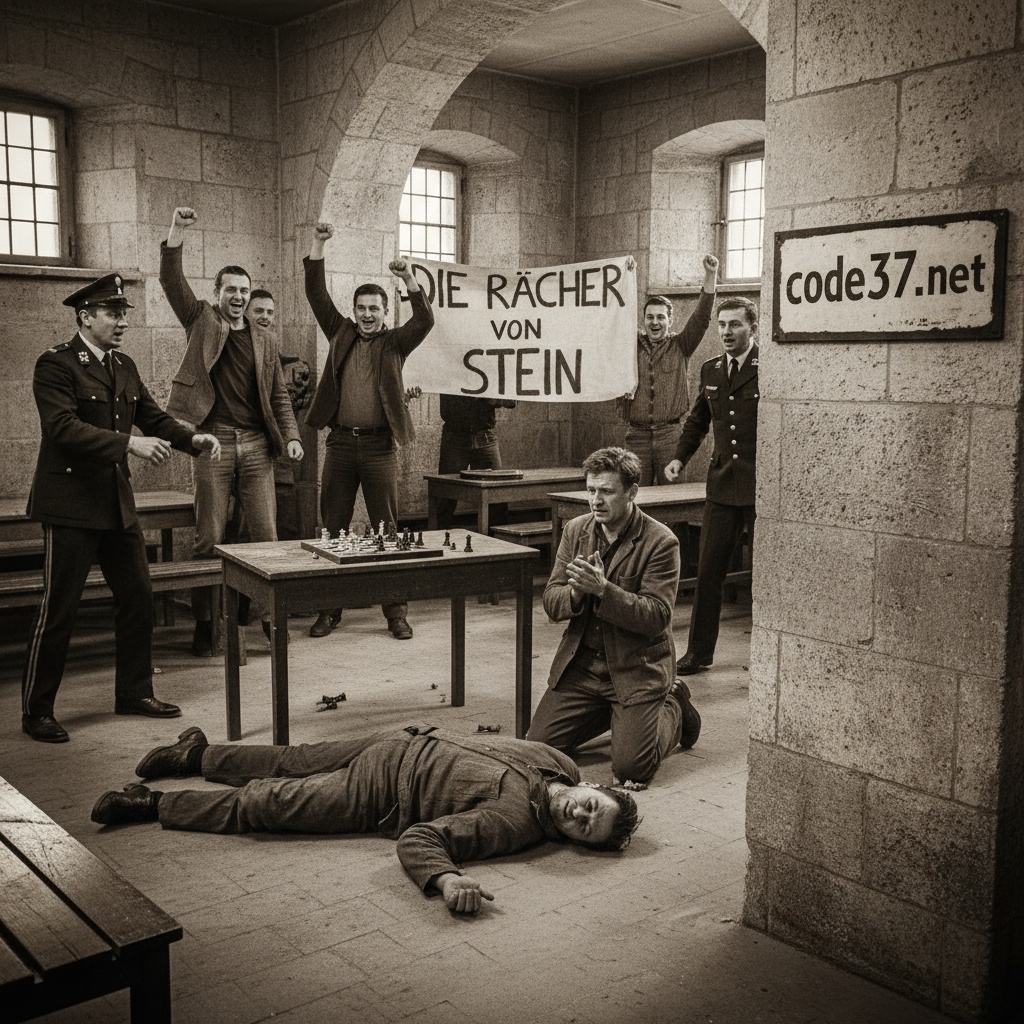
The first time profiling was used in criminal history was in the GDR. There, the first scientifically based offender profile was created by Prof. Dr. Hans Szewczyk, head of the Department of Forensic Psychiatry and Psychology at the Charité of Humboldt University in Berlin. This led to the capture of a pedophile serial killer who sadistically murdered three boys between June 1969 and December 1971. On May 31, 1969, two 9-year-old boys, Henry Specht and Mario Louis, were reported missing. Thirteen days later, a lumberjack found the bodies of the two boys in the Eberswalde Forest near Drehnitzwiese. The boys’ clothes were intact, and there were no signs of a struggle. But a look under their clothes revealed something horrific: deep beneath the maggot-covered and eaten skin, terrible cuts were visible on their chests and necks, which were so deep in one of the boys that his head had been severed by the decomposition of the corpse. The murders were reminiscent of a slaughter that had ended in a brutal bloodbath. The police and the Stasi assumed that the perpetrator was a pedophile sex killer who was sexually aroused by the act of killing. Investigators worked flat out to comb through files on convicted sex offenders, personnel and patient records from regional hospitals, businesses, schools, and authorities. Unfortunately, their efforts were fruitless. In light of the lust-driven killings, Prof. Nikola Schiphowensky from Sofia, an internationally renowned forensic psychiatrist and criminologist, was consulted, but he did not really have any new insights into the two murders. During their investigations, the detectives came across Prof. Dr. Szewczyk, a leading forensic psychiatrist who was asked to prepare an expert opinion for the homicide division in the Eberswalde case. He determined that the perpetrator was sadistically motivated and probably had no criminal record. In December 1970, the investigation against persons unknown was finally closed. Two years passed until, on December 11, 1971, a pensioner found the body of 12-year-old Ronald Winkler in the Eberswalde forest, who had the same deep cuts to his chest and neck as the two boys who died in 1969. He too had bled to death from his injuries. There was no doubt that it was the same perpetrator. But who was this perpetrator, who had left only a few textile fibers at the crime scene? Once again, the investigators asked Prof. Dr. Szewczyk for help. An MDI mainframe computer was fed with data from over 6,000 case reports. Using a specially configured computer program, the investigators began to analyze crimes and perpetrators by machine for the first time. Fritz Barylla, head of the Eberswalde Clinic for Psychiatry and Neurology, was also entrusted with the case and provided a crucial clue about the perpetrator. Since the perpetrator had managed to gain the trust of all three boys and get them to follow him into the forest, he must have approached many boys. Therefore, a mass survey was conducted by teams of two, consisting of a psychologist and a criminal investigator, who interviewed boys aged 7 to 14 from Eberswalde. However, the boys remained silent out of fear and shame until 13-year-old Andreas Kittel broke his silence. Like the last murder victim, he had lived in the same block. While skiing in the woods with his mother, they met a young man with whom Andreas immediately hit it off, so his mother left him alone with him. But when they were alone, the young man performed sexual acts on him. Then he took a knife and threatened to kill him if he told anyone about it. Andreas was shown passport photos and was able to identify him as Erwin Hagedorn. He was a 19-year-old apprentice chef at the Mitropa railway station kitchen who was not particularly popular with his colleagues. Since childhood, Erwin Hagedorn had been considered an oddball who was often teased by boys his own age and therefore preferred to play with girls, whom he liked to torment with knives. However, this had not been noted in any child welfare records, so the investigators were unaware of it. On November 12, 1971, Erwin Hagedorn was arrested. He immediately confessed to the murders and was even willing to play the leading role in a police training film in which his murders of the three boys were reconstructed. For him, murder was a single rush, like a carousel that simply spun faster and faster, from which there was no escape from his sexual perversion. On May 9, 1972, the trial against Erwin Hagedorn began. He was found guilty and sentenced to death. His parents then submitted a petition for clemency to the Chairman of the State Council of the GDR, Walter Ulbricht, who immediately rejected it when he saw the police training film. On September 15, 1972, Erwin Hagedorn was executed with a shot to the neck at the central execution site of the GDR in Leipzig. This ended the life of a pedophile sadist who could no longer harm any boys, because for the first time, the method of profiling had led to a serial killer.




